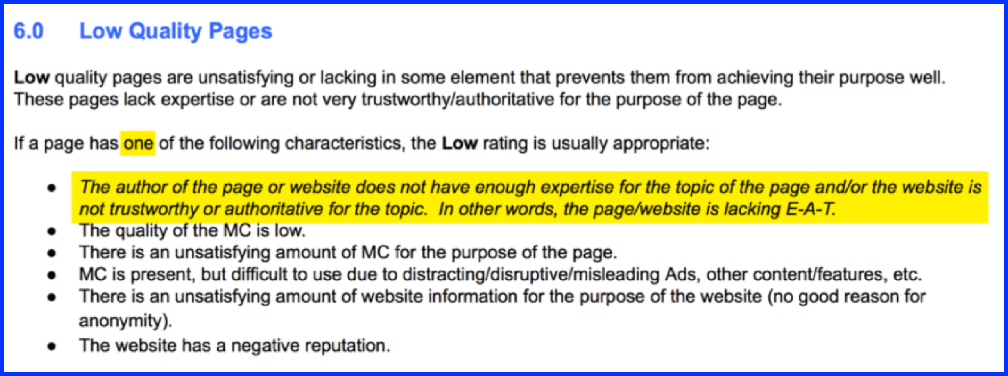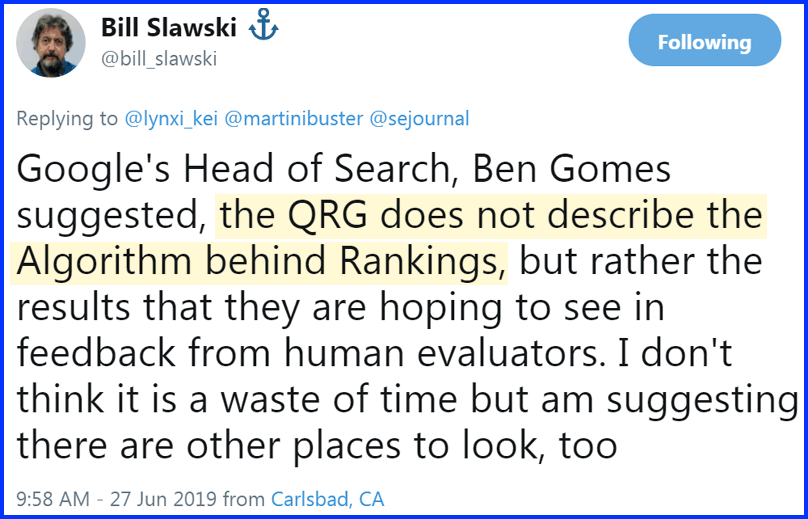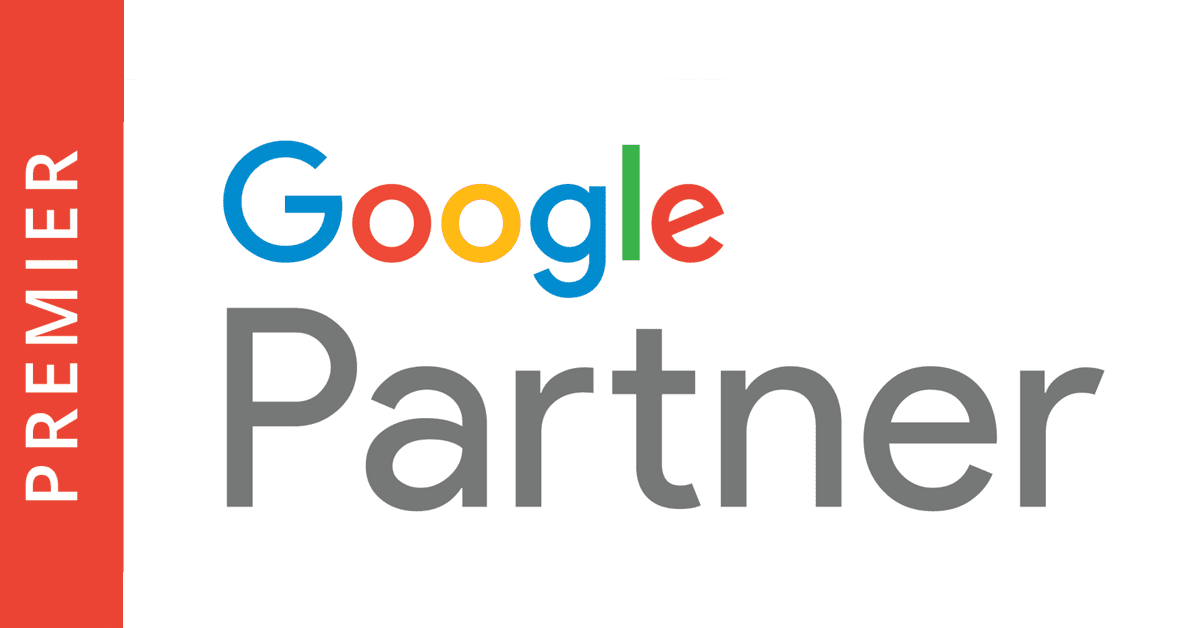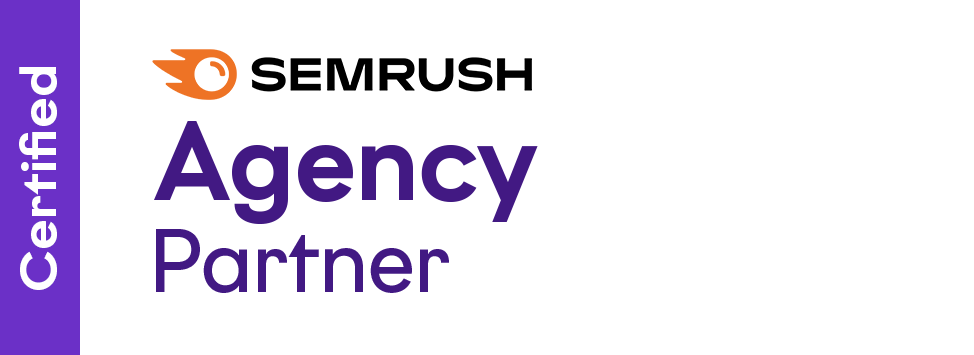It’s now widely known that Google employs search quality raters to evaluate the effectiveness of its algorithm in ranking web pages. Google’s official Search Result Quality Rating Guidelines offer vital insights into how they define quality and what their algorithm aims to understand. But what’s increasingly critical in this dynamic SEO landscape is the concept of E-E-A-T (Experience, Expertise, Authoritativeness, and Trustworthiness).
In this article, we’ll explain how you can adhere to Google’s Search Quality Rater Guidelines and effectively incorporate the E-E-A-T principles into your digital content strategy. Understanding and applying these concepts is key to creating content that not only ranks well but also genuinely serves the needs of your audience.
Quality is Equivalent to the Average User’s Judgment of Quality
One of the main takeaways is that Google is looking for pages that help searchers, exactly as it has always said. Quality is basically equivalent to the average user’s judgment of quality.
Yes, that is still vague, but we all know a low-quality site when we see one. Similarly, we all know a high-quality one. We might differ in the details, but if we are talking about general perception I think most people will agree.
Keep Your Content Fresh & Original
Freshness is a vital measure in Google’s “High Needs Met” ratings. For e-commerce and other dynamic sectors, keeping content current is essential. Ensure that product information, including prices and models, is updated regularly. This approach doesn’t just maintain relevancy; it enhances your site’s appeal and reliability. On the other hand, for static fields like software tutorials or medical procedures, updating content to reflect the latest best practices is equally important.
Moreover, refreshing your content goes beyond just updating facts and figures. It involves revisiting your existing articles, blog posts, or guides to ensure they align with the latest industry trends, user expectations, and search engine algorithms. Incorporating new insights, expanding on topics, or even adjusting the tone to match current discourse can significantly improve the content’s effectiveness.
In addition to keeping information up-to-date, originality plays a crucial role. Creating unique and engaging content that offers new perspectives or insights sets your site apart from competitors. Original content not only captivates your audience but also establishes your site as a credible and authoritative source of information.
YMYL (Your Money or Your Life) Sites Are Held to Higher Standards
Your Money or Your Life (YMYL) sites – dealing with financial, medical, legal advice, and more – are scrutinized more intensely for expertise and trustworthiness. These sites must demonstrate a robust online reputation, showcasing a commitment to providing accurate, helpful, and up-to-date information.
YMYL sites must convince search quality raters that they have a healthy level of online reputation and credibility.
Google’s Guidelines Show That They Strive to Identify The “Main Content” on a Web Page
Google’s guidelines emphasize the importance of clearly distinguishable main content. Sites that blend content with too many advertisements risk lower ratings. This distinction is crucial for a seamless user experience, ensuring that the primary content stands out and meets user needs effectively.

Mobile-friendliness is mentioned in the quality rater guidelines
With a significant focus on mobile-friendliness, it’s clear that a site’s mobile compatibility is now a key quality indicator. Exceptional content loses its impact if the site fails to deliver a positive mobile user experience. In today’s digital landscape, where a substantial portion of internet traffic comes from mobile devices, ensuring that your website is optimized for mobile is not just an advantage, it’s a necessity. A mobile-friendly site should load quickly, display content correctly on various screen sizes, and provide an intuitive and accessible user interface.
This focus on mobile optimization is part of a larger trend toward creating a seamless user experience across all devices. It also reflects the changing patterns of user behavior, with more people relying on smartphones and tablets for information, shopping, and entertainment. To meet this shift, website owners must prioritize responsive design, touch-friendly navigation, and mobile-optimized content.
By enhancing mobile-friendliness, websites not only adhere to Google’s quality standards but also cater to the preferences and needs of their audience, ultimately leading to higher engagement, better user retention, and improved search engine rankings. In essence, a mobile-optimized site is now a critical component of a comprehensive SEO strategy, ensuring that quality content reaches and effectively engages the growing mobile audience.
Google Wants to “Think” Like Human Beings Do
Google’s guidelines reflect its ambition to mimic human understanding, striving to present search results that match the true intent and quality expectations of users. It’s not just about algorithms; it’s about understanding and responding to the user’s quest for relevant, high-quality content. This approach underscores the importance of creating content that genuinely addresses the needs and questions of the audience, going beyond keyword optimization to deliver true value.
To align with these guidelines, content creators must focus on deeply understanding their audience, researching their interests, pain points, and search behaviors. This understanding should then be reflected in the content, offering comprehensive, well-researched, and user-focused information. Content should not only answer the immediate query but also provide additional context, insights, and resources, enriching the user’s overall search experience.
Furthermore, Google’s focus on human-like understanding encourages the adoption of natural language in content creation. This means writing in a way that is conversational and user-friendly, making complex topics accessible and engaging. The use of technical jargon is minimized unless necessary for clarity or accuracy, and the content is structured in a way that is easy to follow and understand.
The ultimate goal is to create a symbiotic relationship between users and search engines, where content not only ranks well but also satisfies the user’s informational needs. By prioritizing the user’s experience and aligning content with Google’s human-centric approach, websites can achieve greater visibility and engagement, building trust and authority in their respective fields.
Here are some tips on how you can place your users at the forefront of your content creation:
- Develop high-quality, thoroughly researched articles.
- Balance writing for users with optimizing for search engines.
- Design a clutter-free, user-friendly, and mobile-optimized site.
- Ensure clear visibility of contact information to build trust.
- Maintain a positive online reputation – content quality can’t compensate for negative customer interactions.
Expertise Is Rewarded Regardless of the Domain Authority
The landscape is shifting towards a greater emphasis on content quality over domain authority. This trend suggests that in-depth, expertly crafted content will increasingly be recognized and rewarded. This marks a significant shift in SEO strategy, where the focus is now more on the value provided to the user rather than the sheer power of the website’s domain. Content that is thoroughly researched, well-written, and provides unique insights or solutions is likely to rank higher, regardless of the website’s traditional metrics like domain age or backlink profile.
This evolution in search engine algorithms means content creators have a more level playing field. Smaller sites and new players can compete more effectively with established domains by focusing on creating content that truly stands out in terms of quality and relevance. For businesses and content creators, this underscores the importance of investing in skilled writing, deep research, and a genuine understanding of the audience’s needs and queries.
Ultimately, this shift aligns with the broader goal of search engines: to provide users with the most helpful, accurate, and engaging content. As such, creators who are adept at producing high-quality content that resonates with and meets the needs of their audience will find themselves rewarded with higher rankings.
The Fundamental Principles Are The Same: Put Users First
While the guidelines have evolved, the fundamental principle remains: create original, quality content that genuinely adds value to the user’s search experience. Understanding the guidelines helps you see your site through the lens of a Google rater and, more importantly, through the eyes of your audience.

Applying E-E-A-T in Different Content Types
- E-commerce and Small Businesses: Keep product information and industry news up-to-date. Regularly refresh content to reflect the latest trends and data, enhancing the ‘Freshness’ factor important for High Needs Met (HNM) ratings.
- YMYL (Your Money or Your Life) Sites: For sites dealing with sensitive topics (finance, health, legal issues), it’s crucial to demonstrate high levels of E-E-A-T. Ensure content is authored or reviewed by experts, backed by trustworthy sources, and regularly updated.
- Tech Blogs and Tutorials: While some technical content might be evergreen, regularly revisiting and updating articles to reflect the latest information can significantly boost their value.
The Emphasis is on the Quality
Google’s preference for human-authored content emphasizes the importance of authenticity and relevance. Google’s preference for human-authored content emphasizes the importance of authenticity and relevance. It’s not just about covering the topic, you need to provide substance and value to the reader.
As long as you focus on creating high-quality content that really helps the user, you will be successful. This means going beyond superficial information to offer in-depth insights, practical advice, and well-researched data that address the user’s intent and questions. Your content should be more than just informative; it should engage, educate, and solve problems for your audience.
Remember, success in Google’s eyes isn’t just about adhering to SEO best practices; it’s about crafting content that resonates with and provides genuine value to your audience. By prioritizing user experience and delivering content that truly meets their needs, you align with Google’s core mission of organizing the world’s information in a useful and accessible manner. This user-centric approach not only boosts your visibility in search results but also fosters trust and credibility with your audience, laying the foundation for long-term digital success.



















